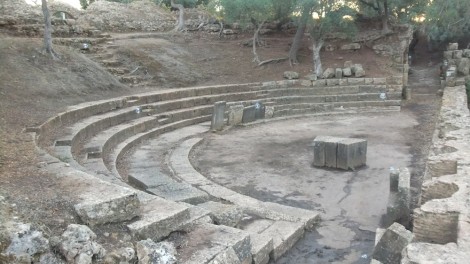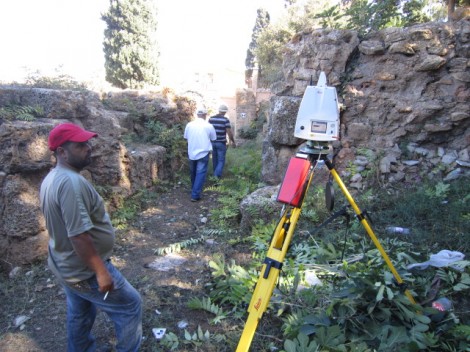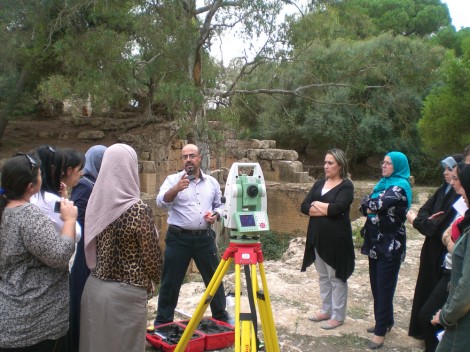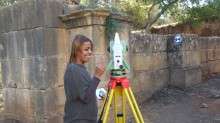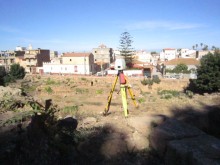|
Digital meets Culture https://www.digitalmeetsculture.net/article/scanning-cherchall-and-tipaeza/ Export date: Mon Jan 12 4:39:44 2026 / +0000 GMT |
Under the eye of the scanner in Algeria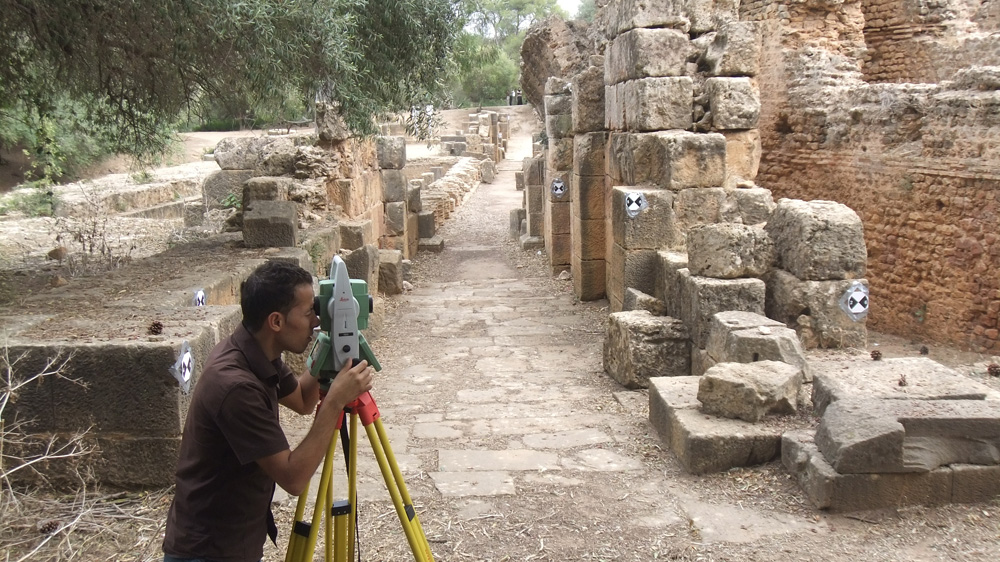 from Dr. Marwan Asmar (Chief Project Editor of Ancient Theatres Enhancement for New Actualities-ATHENA Project)
Cherchell lies in the middle of an urban environment amidst a housing conurbation while the Tipaeza Theater is part of extensive ruins marooning by the sea. The new latest state-of-the-art digital technologies used recently aims to reignite the process of preserving and conserving these sites through high resolution documentation. Spotlighted under the eye of the scanner, the Cherchell and Tipaeza Theaters was subject to digital capturing in the latest ATHENA digital activities, 14-24 October, 2012, as important antiquated structures, both of whom on the Mediterranean sea, 15 kilometers from each other, and about 75 kilometers from the capital Algiers. “It's an important scanning mission and follows in line with the scanning of the other theater sites in the countries of the ATHENA Project consortium including in Jordan, Spain, Tunisia, Italy and Algeria,” says ATHENA Project Manager Nizar Al Adarbeh.
It had a distinct ATHENA pattern of methodology because of the experience gained in scanning different sites including those in Jordan, Spain, Italy and Tunisia. A theoretical workshop was followed by field training among the ruins of both theaters. Archaeologists, architects and other professionals divided on many sectors gained first hand documentation in new technologies as 23 trainees from the Ministry of Culture, Ministry of Public Works and Housing and University of Science and Technology in Algiers, hovered around the Tipaeza and later Cherchell Theaters, amidst lusciously green environments and concrete slab structures.
The trainees got the best of both worlds, learning the different functions of the scanner and total station while at the same time getting a big helping of how actual digital scanning was made. The surveyors made them go through different techniques before they were allowed to participate in the scanning process. “Both the scanning and training were worthwhile in terms of acquiring knowledge on the state of the sites that is now digitally restored, and in terms of training local cadres, and adding to their knowhow,” explains Jamal Safi, one of the trainers.
“This is not the case at all, when you stand in the centre, having a relatively big wide span, and then there is the back which you can enter through its doors,” says surveyor Tawfiq Al Hunaiti, who adds 26 station point-clouds were captured by the lens. “The scanning of the Roman Cherchell Theater is very important as a subject of study in a busy built-up city but it certainly can be rehabilitated for boosting its tourism potential and cultural role as in the past,” points out Dr Kharachi. It was a 10-day trip of much work and enjoyment as the Jordanian team intermingled freely with their Algerian counterparts. Dr Yousef Shinawi who works as a consultant on the ATHENA Project, Curator of the Tipaeza Museum Daleela Zabda and Dr Abed Al Wahab Zakar, director-general of the National Bureau for Easing and Exploiting Cultural Protective Properties in the Ministry of Culture, showed much enthusiasm in the scanning and training mission. Dr Abed Al Wahab Zakar was invited to present Certificates of Attendance to the trainees that included both men and women who are already working on different archaeological sites. Many said they have been updated on the new technologies in digital scanning to improve the status of heritage. It's in Algeria as elsewhere scanning was made in the ATHENA spirit where digital technology is working for cultural development and heritage through its message of enhancing and sustaining ancient theaters in the Euromed region. See related articles for Athena Project on Digitalmeetsculture See presentation article for Athena Project on Digitalmeetsculture 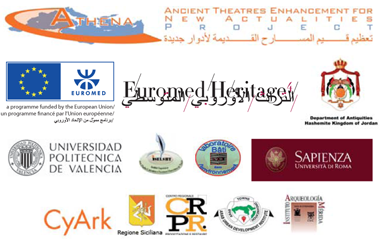
|
